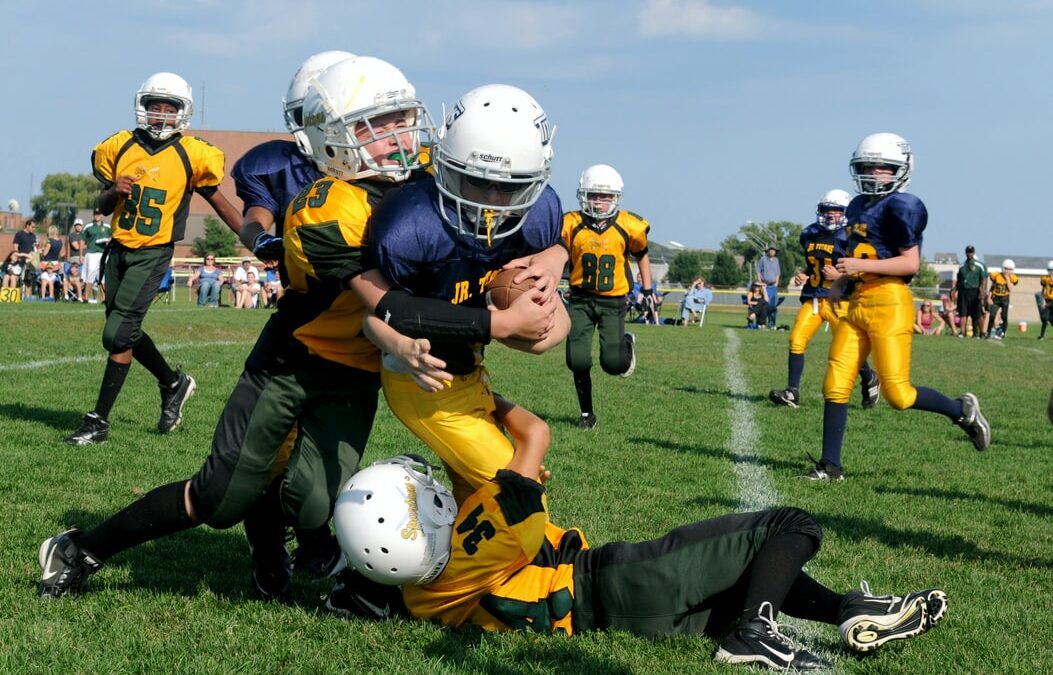Playing sports can be aggressive on your body due to rotational movements at high speeds. And thus, it leads to several injuries. That’s why orthotics have a significant role in sports rehabilitation.
The types of orthosis you receive in rehab range from simple immobilizer splints applied for a week to adjustable orthosis covering more than one joint. Almost all joints of your body, including the spine, require Orthotic treatment during recovery from a sports injury.
The primary goals for orthosis are to assist your body’s healing process, protect you from further injury and restrict the range of motion of your joints.
Why Would You Need an Orthosis for Sport?
In case of a torn ligament or an unstable joint, an orthosis will restrict the motion of your body part within specified parameters. This restriction takes the load off of those body parts, allowing them to heal like in tennis elbow.
That is especially true for foot orthosis, which reduces stress fractures and overall injuries in aggressive sports. Orthosis and taping prevent excessive foot pronation (foot rolling inwards) during sports such as soccer and football.
Spinal braces help patients with scoliosis participate in different kinds of sports. This preventive measure reduces the worsening of your condition and prevents future injury. Using braces, especially Functional Foot Orthosis (FFO), improves balance and postural sway in patients recovering from an ankle injury or an unstable ankle.
When Are Sports Orthosis Prescribed?
Now that you know the different purposes of orthosis in sports rehabilitation. Let’s move on to when an orthosis is given to athletes.
Many times when there is a tear too small for surgery, your doctor or Orthotist will prescribe you a splint or a brace to stabilize the injury. That will give your body time to heal.
Athletes with shoulder instability wear a brace or an orthosis while undergoing other conservative treatment regimens to avoid surgery.
Post-op orthosis is quite common. As it helps restore the biomechanics of your body while supporting the weakened surrounding structures. You will often see athletes recovering from shoulder or knee surgery and sitting on the sidelines with an orthosis.
Protection from an orthosis is as essential for recovery as the surgery itself.
Your Orthotist can also prescribe an orthosis for continuous protection of your body structures. Some athletes wear an orthosis even while they play. That is for additional stabilization of a previously injured area.
It’s commonly seen in relatively older athletes who have suffered multiple injuries to the same region. Such as runners who need a lifelong customized shoe support orthosis due to overuse injuries or repetitive wrist injuries requiring splints or a brace.

Examples of Orthoses Use in Sports Rehabilitation Athletes can sustain injuries to almost any body part, but most commonly, they are in the joint areas. Orthoses are used for different regions from the shoulder down to the ankle.
Here are some examples of how sports rehabilitation and orthosis use are integrated.
Shoulders
Rotational injuries and rotator cuff tears are common in baseball and volleyball athletes. During their recovery, slings, functional orthosis, post-op orthosis, and others are used based on individual needs.
These help with stability and redistributing pressure while providing a limited range. Shoulder orthosis and immobilizers are also used to heal clavicle injuries and fractures.
Elbows
The most common elbow problems in sports are overuse injuries. Golf and tennis players suffer them the most.
As a treatment for such a sports injury, you’ll receive a compression orthosis to relieve the pain by taking the pressure off of the inflamed space around the tendon.

Wrists
Carpal tunnel syndrome and torn finger ligaments are seen in athletes who take impact directly on their hands, such as in basketball and gymnastics.
Splints and rigid orthosis are provided during their rehab because unnecessary movements on already affected structures can be significantly damaging.
Knees
The knee is by far the most commonly injured joint in sports. Athletes involved in sports from running to long jumping and everything in between regularly suffer from ACL tears, meniscus tears, and fractures.
There’re different orthoses for knee rehabilitation after sports injuries, including patella stabilizers, neoprene sleeves, immobilizers, and functional knee braces.
Ankles
The ankle has many supporting structures around it and many ligaments. An injury to any one of these moving parts results in an unstable ankle. Ankle sprains and fractures are frequent in sports that require agility and swift change in positions such as basketball, football, and soccer.
Rolling your ankle can result in torn ligaments. A doctor will provide you with an orthosis to stabilize the joint and create a supportive environment to return to activity. These include rigid or dynamic AFOs, Supramalleolar Orthosis, and others.
Conclusion
Each sport comes with its challenges. Contact sports result in knee and shoulder injuries, whereas golfers and tennis players suffer many elbow problems.
Since orthosis is a device that improves function, provides support, and fixes alignment of the body structures, there is a significant role of orthoses in sports rehabilitation.
If you’re looking for a licensed and experienced Orthotist to help you with your rehab, then visit us at Align Clinic for a consultation. Our Orthotists have years of experience, and we can help you get back to playing the sport your love.




